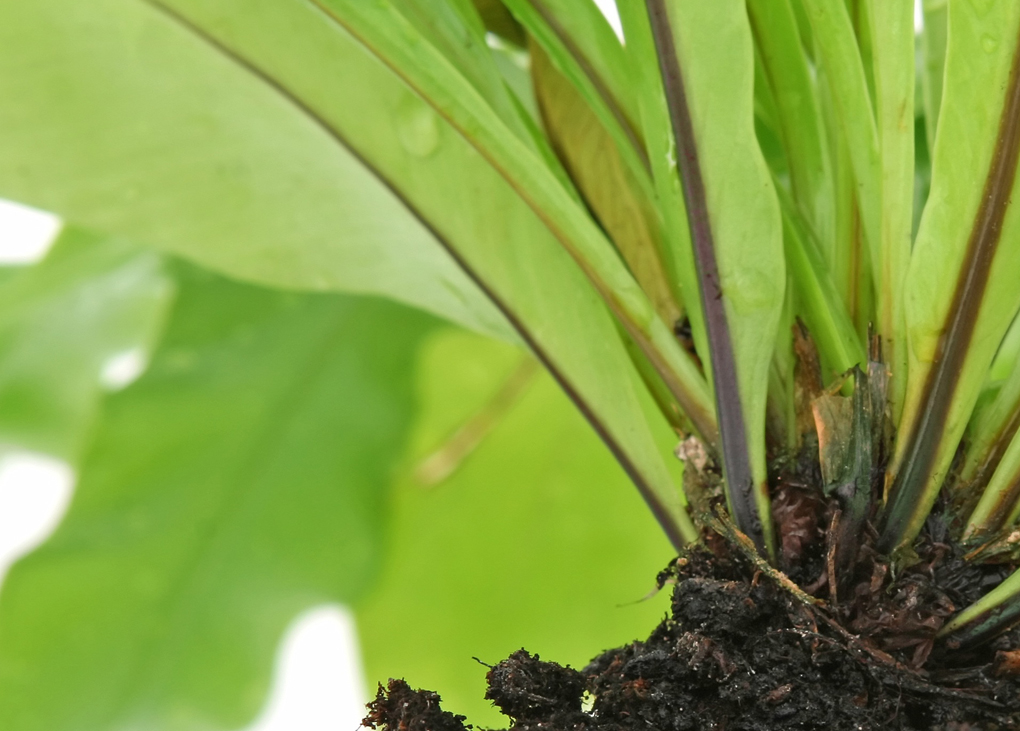Late last year, doubts were cast over whether plants actually improve indoor air quality (IAQ) after new research was published in Nature’s Journal of Exposure Science and Environmental Epidemiology.
Ronald Wood PhD, BSc, from Innovative Plant Technology, has taken issue with the study in an article published in Ecolibrium. He says that a “literature review with a preconceived bias” cannot be conceived as fact.
Wood claims that Nature’s Journal of Exposure Science and Environmental Epidemiology article is essentially “an opinion piece”, and says although the references in the article involving plants and test-chamber studies are disparaged, that is how real science is conducted.
The original study that found plants were beneficial in an indoor environment was conducted by NASA (the National Aeronautics and Space Administration) in 1989. The NASA scientists tested how many micrograms of health-harming VOCs (volatile organic chemicals) were removed by houseplants in a sealed chamber over 24 hours.
The research in Journal of Exposure Science and Environmental Epidemiology claims that there is too much air movement in a home or office environment for a plant to have any great effect.
Wood has investigated the subject for 15 years at the University of Technology in Sydney. His findings demonstrate an induction process (a unique finding) where little or no reduction of the test VOCs occurred in the first 24 hours, and then a rapid reduction with each reintroduction of the chemical under test, once the plant/microcosm was induced. This induction occurred with all plant/chemical combinations tested.
“Most of the quoted reference studies from the article were conducted over eight hours (office hours), which is not long enough for induction to occur, producing doubtful results,” he says.
“There is no doubt that dynamic plant/soil/microrganisms have the capacity to reduce levels of organic contaminants more effectively than passive plant installations.
“However, plants must be photosynthesising to do this. That is, in indoor environments they must have sufficient light of the right spectrum and duration.”
International WELL Building Institute (IWBI) Vice President, Jack Noonan, says the idea that houseplants are not effective air purifiers is not new: similar peer-reviewed papers have been published for years, including in 2000 and in 2009.
“The 30-year-old study frequently reappears on slow news days because at first glance houseplants appear to provide a low-cost, high-visibility way to clean the air, and it doesn’t hurt that NASA was involved,” he says.
Noonan believes that improving the indoor air quality of buildings should start with avoiding the contaminant sources you can control.
“For example, select low-emitting furniture and furnishings; expel those that you can’t … use mechanical exhaust in kitchens and bathrooms; and introduce more clean (filtered, if needed) outdoor air to dilute any remaining pollutants,” he says.
According to Noonan, plants and IAQ really is a cautionary tale which shows that context matters – early results that seem promising in a laboratory (or a space station) do not automatically translate into everyday buildings.



Leave a Reply